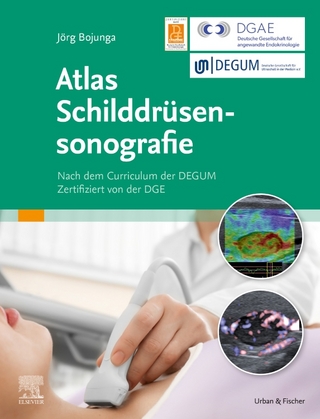
Gene Regulation by Steroid Hormones
Springer-Verlag New York Inc.
978-0-387-96999-2 (ISBN)
- Titel ist leider vergriffen;
keine Neuauflage - Artikel merken
1. Towards a Molecular Understanding of Steroid Binding to Glucocorticoid Receptors.- 2. Regulation of Glucocorticoid Receptor Protein and Gene Expression by Glucocorticoids.- 3. Modulation of Glucocorticoid-Induced Responses by Cyclic AMP in Lymphoid Cell Lines.- 4. Differential Regulation of Tyrosine Amino-Transferase by Glucocorticoids: Transcriptional and Post-transcriptional Control.- 5. Steroid Response Elements. Definition of a Minimal Promoter and Interaction with Other Activating Sequences.- 6. GHF-1, A Tissue-Specific Transcription Factor, Is a Homeobox Protein.- 7. Regulation of EGF Receptors and Nuclear Protoncogenes by Estrogen.- 8. Regulation of the Rat Insulin II Gene: cis- and trans-acting Factors.- 9. Thyroid Hormone Regulation of Rat Liver S14 Gene Expression.- 10. Hormonal and Developmental Regulation of Xenopus Egg Protein Genes.- 11. Inhibition of the Intracellular Transformation of Rat Ventral Prostate Androgen Receptor by 3?-Deoxyadenosine.- 12. Androgen Action in Rat Liver: Changes in Androgen Sensitivity During Maturation and Aging.- 13. Inhibition of Cell Proliferation by a Nuclear Type II Ligand: Methyl P-Hydroxyphenylactate.- 14. Promoter Specific Activating Domains of the Chicken Progesterone Receptor.
| Verlagsort | New York, NY |
|---|---|
| Sprache | englisch |
| Themenwelt | Medizinische Fachgebiete ► Innere Medizin ► Endokrinologie |
| Studium ► 1. Studienabschnitt (Vorklinik) ► Biochemie / Molekularbiologie | |
| Naturwissenschaften ► Biologie ► Biochemie | |
| Naturwissenschaften ► Biologie ► Genetik / Molekularbiologie | |
| Naturwissenschaften ► Biologie ► Mikrobiologie / Immunologie | |
| Naturwissenschaften ► Biologie ► Zellbiologie | |
| ISBN-10 | 0-387-96999-3 / 0387969993 |
| ISBN-13 | 978-0-387-96999-2 / 9780387969992 |
| Zustand | Neuware |
| Haben Sie eine Frage zum Produkt? |
aus dem Bereich


